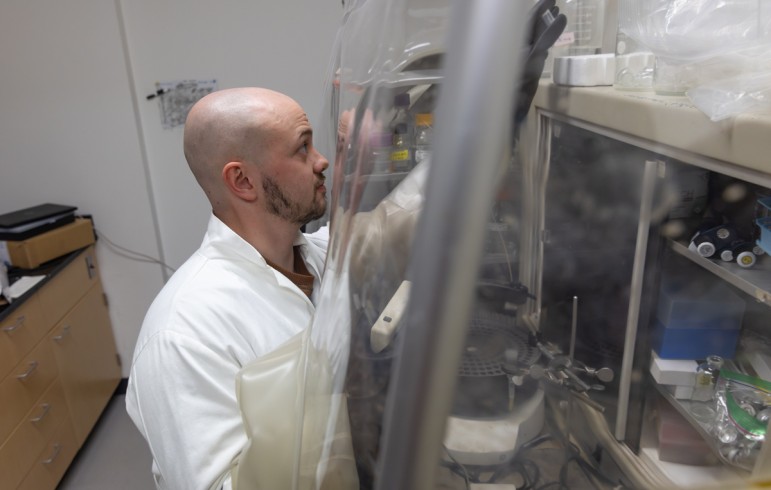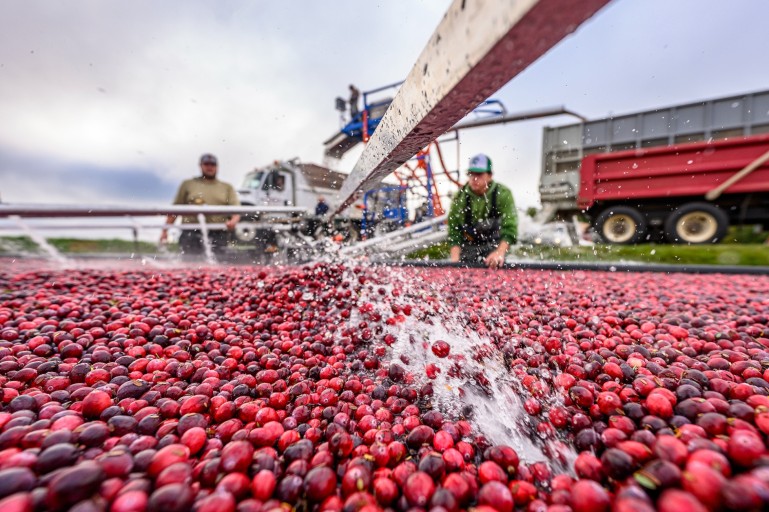Proteins are an impressive bunch.
Entrepreneurial students at the University of Wisconsin–Madison recently took home cash prizes for new innovations in energy technology and environmental sustainability.
In an article published last summer in Science, researchers at the Great Lakes Bioenergy Research Center (GLBRC) reported on ten years of work assessing the potential
Using advanced computational methods, University of Wisconsin-Madison materials scientists have discovered new materials that could bring widespread commercial use of solid oxide fuel cells closer to reality.
Bu Wang has always been drawn to engineering.
Advances in biofuels research tend to involve reduced costs, greater reagent stability, more diverse and valuable end products, or faster reactions, which often increase product yields as well.



